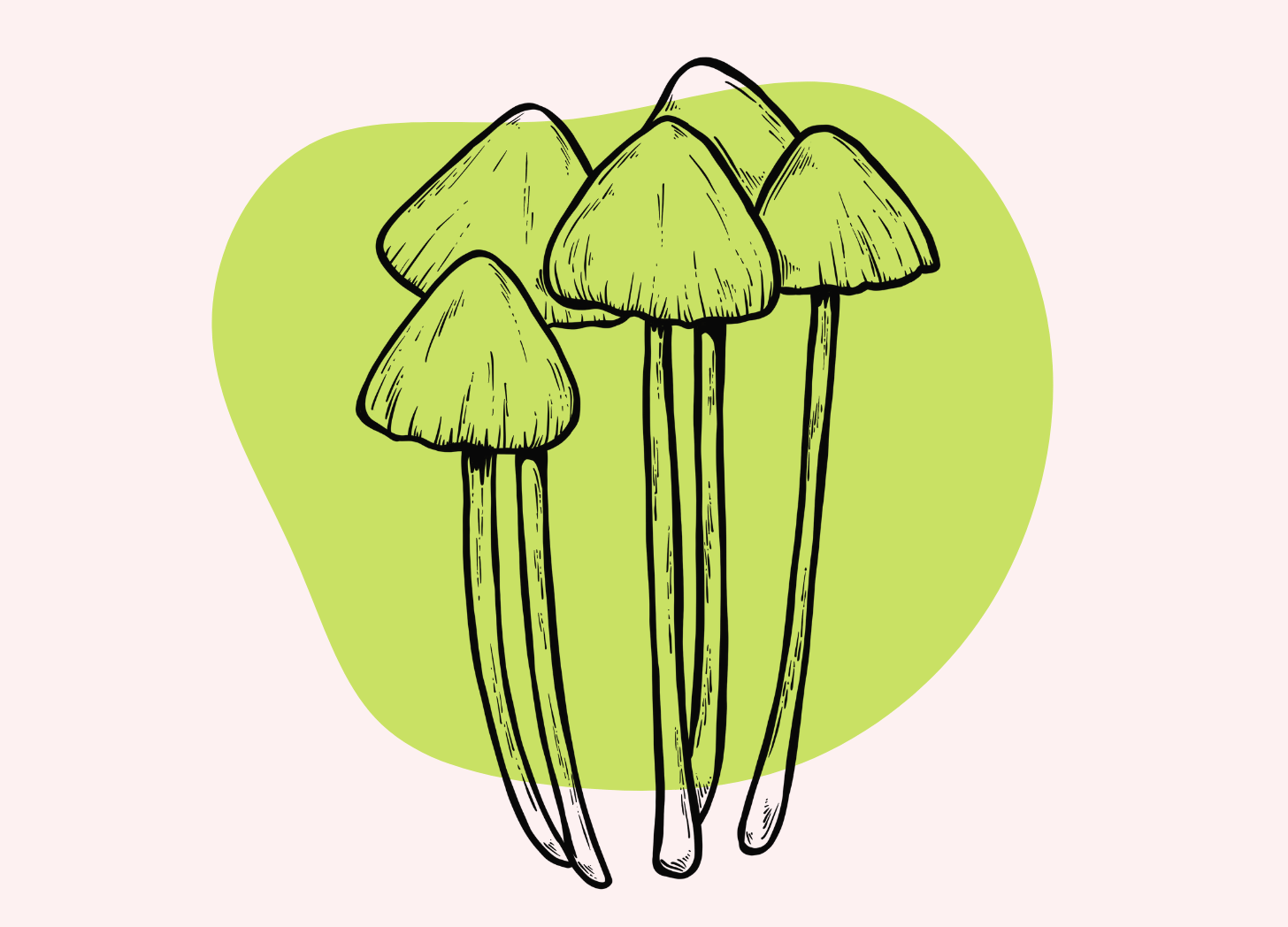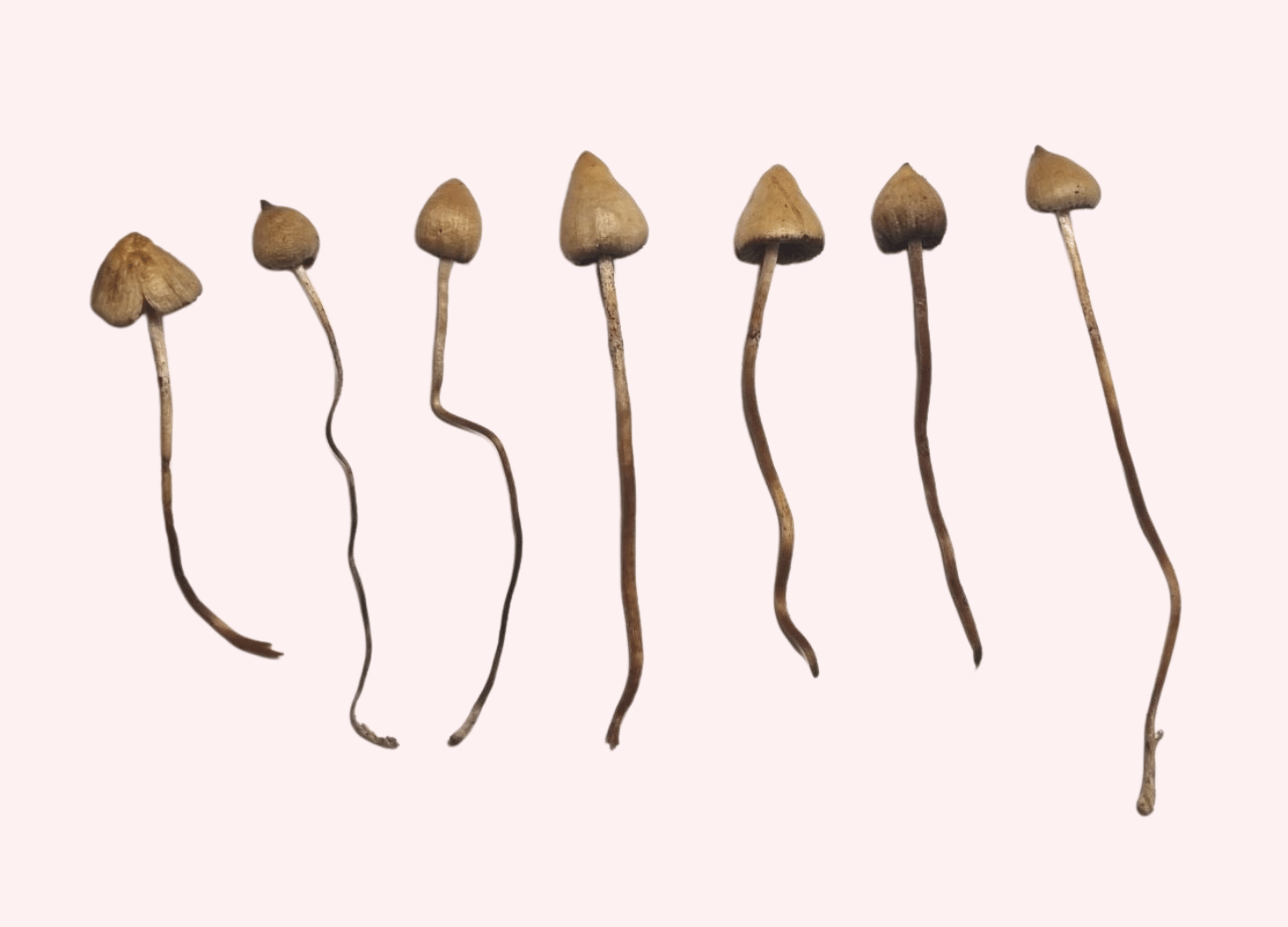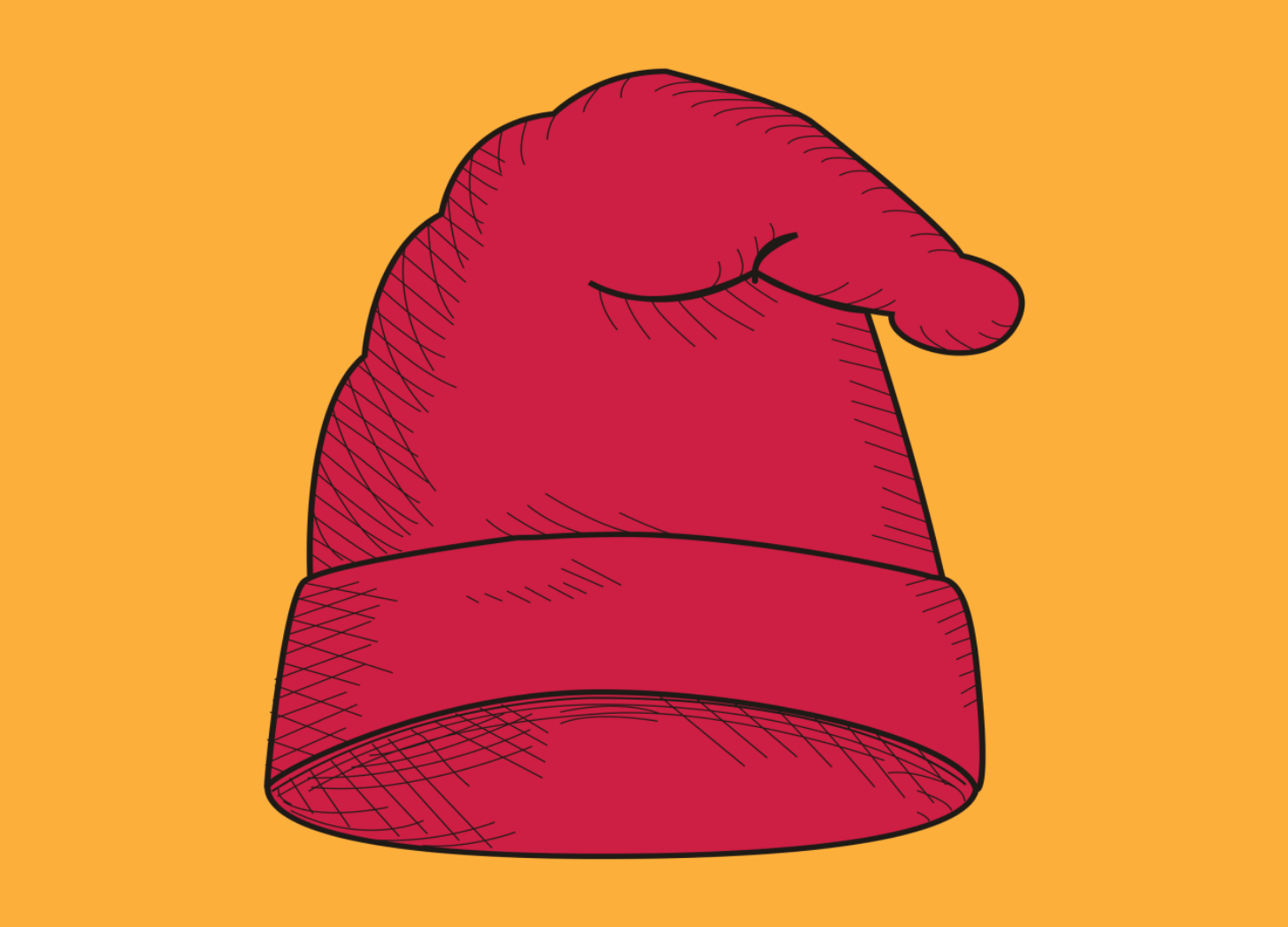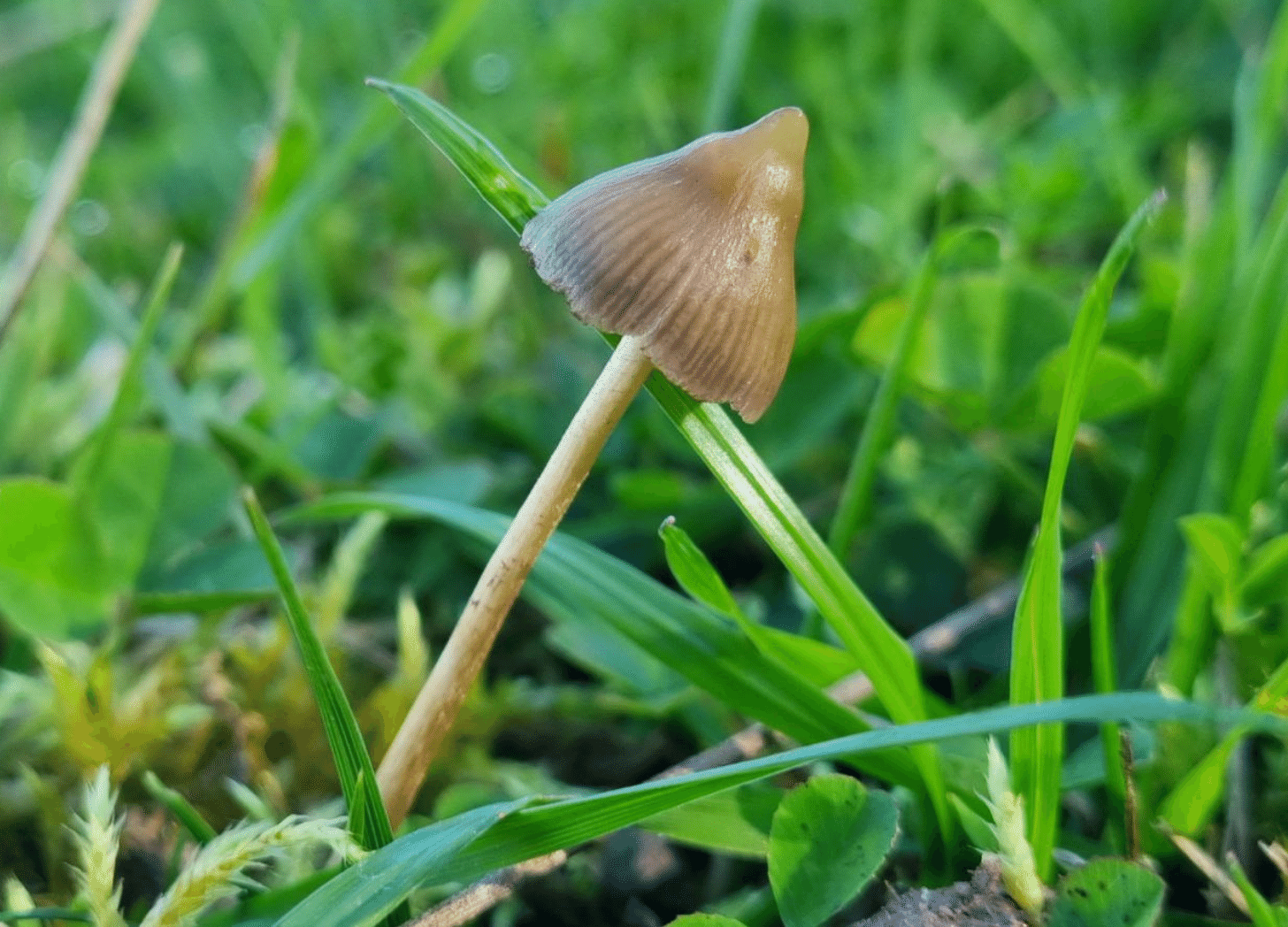Europe's Psychedelic Jewel: The Liberty Cap Mushroom
These potent little devils spring up across most of Europe during the autumn months — from the northern regions of Sweden to the southern tip of Spain.
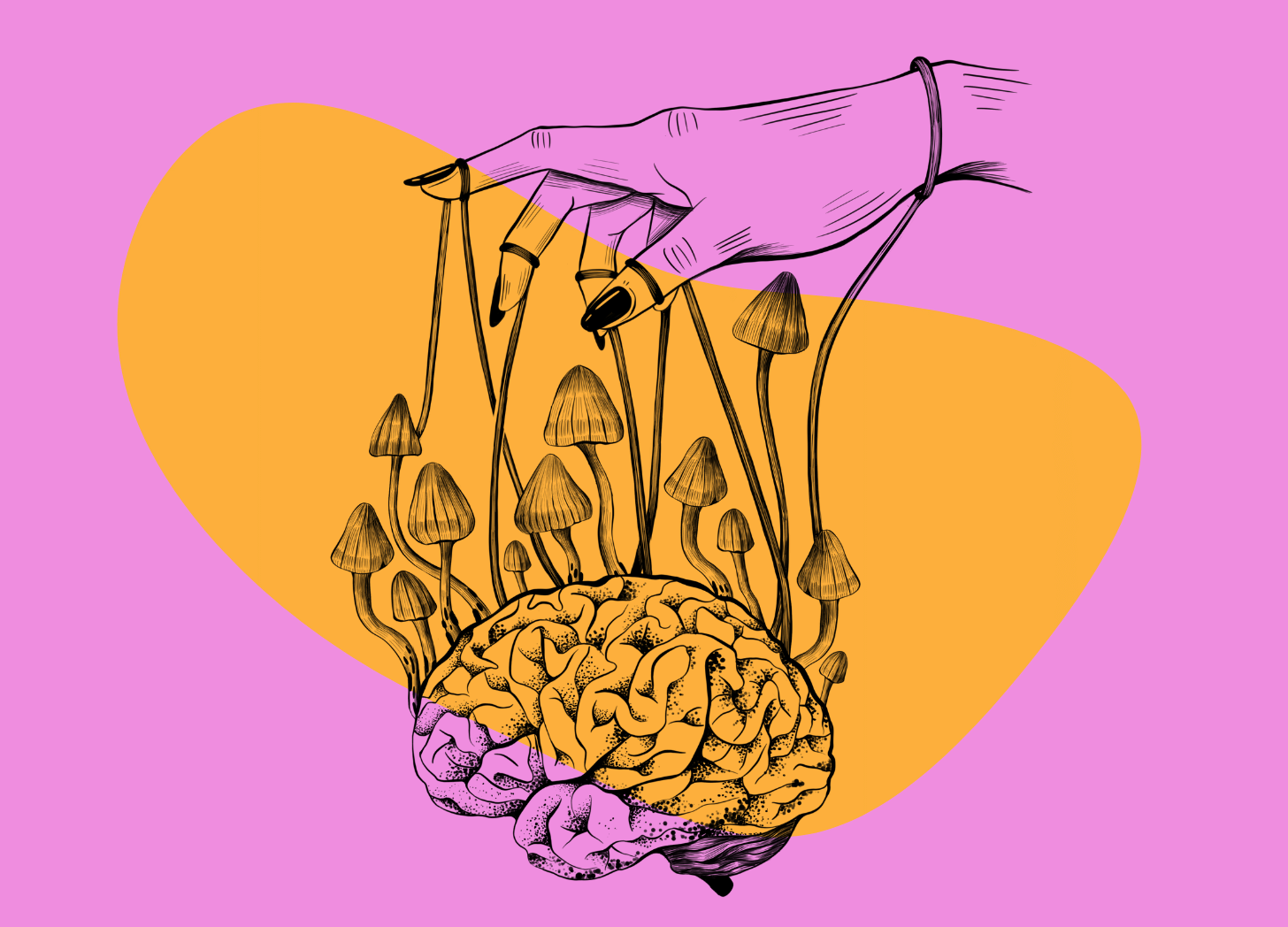
The first documented case of psilocybin “poisoning” reported in Europe involved the infamous Liberty Cap mushroom.
In 1799, a poor family in London went to Saint James Green Park to pick some mushrooms. Among several species of "edible" mushrooms they collected were some Liberty Cap shrooms. The unsuspecting family went home with their impressive haul to cook up some breakfast.
I think you know where this is going…
Shortly after eating, the family started to feel a little peculiar.
Their pupils dilated, they experienced severe vertigo, and they found themselves caught in uncontrollable fits of laughter.
At one stage, the father believed they had been poisoned and was convinced he was dying.
Later that year, a chemist named Augustus Everard Brande published an article titled "On a Poisonous Species of Agaric." Brande noted that the culprit of this family's ailment was likely the Psilocybe semilanceata mushroom (at the time, the species was labeled "Agaricus glutinosus").
A few years later, English naturalist James Sowerby mentioned the account in his book "Coloured Figures of English Fungi or Mushrooms" (1803). The excerpt read, "Liberty Caps nearly proved fatal to a poor family in Piccadilly, London, who was so indiscreet as to stew a quantity (found in St. James’s Green Park) for breakfast."
The Discovery That Changed Everything
Although the Liberty Cap mushroom featured in the earliest written account of a psilocybin trip, it took over 150 years until people started tripping on these mushrooms on purpose.
In the 1960s, interest in magic mushrooms was going catabolic. With the release of R. Gordan Wasson's infamous LIFE Magazine article titled "Seeking the Magic Mushroom" in the late 50s, people became curious about psychedelic shrooms and started experimenting on themselves. In the early days, this meant traveling to places like Mexico and the Amazon to partake in traditional mushroom ceremonies, such as those performed by the curandera Maria Sabina.
Although "psychedelic exhibitions" were available for wealthy psychonauts and open-minded celebrities, they were out of reach for the average hippy. Albert Hofmann (the first person to synthesize LSD) and Roger Heim (a renowned mycologist) would change all of this by discovering the mushroom’s active ingredients — psilocybin and psilocin. This discovery gave scientists a specific target to search for, which greatly accelerated the identification of psychedelic mushrooms.
Within just a few years, researchers were able to determine that there were hundreds of different types of magic mushrooms — they weren’t unique to Mexico.
In 1963, Albert Hofmann and Roger Heim worked with R. Gordan Wasson to find and identify the mushrooms that were mentioned in James Sowerby's book. They discovered that the mushrooms pictured in the illustrations (the same shrooms that the London family ate for breakfast over 150 years ago) were Psilocybe semilanceata. After a quick analysis they were able to confirm this mushroom did indeed contain the powerful psychedelic tryptamines psilocybin and psilocin.
After publishing their discovery, European hippies realized that they wouldn't have to travel across the world to trip on mushrooms. All they had to do was head out into a nearby field and pick them up in swaths from the ground.
The European ramblers and hikers of the 60s walked with their backs stooped and their eyes locked to the ground, looking for small magic mushrooms that lay between tufts of grass.
Small But Mighty: The Psychedelic Potency of Liberty Cap Mushrooms
It might be hard to see why these mushrooms are so great — at least for those who haven't tried them. They're very small and dry up to almost nothing. They’re difficult to find (they hide in plain sight) and can't be cultivated. On top of everything, you need several dozen of these tiny shrooms for just a single dose.
To be honest, it's a pretty inconvenient species in terms of accessibility. It's far easier to call up "your guy" or order some spores and grow your Psilocybe cubensis mushrooms at home… but I digress.
If you're willing to look past the inconveniences, hunting the humble Liberty Cap can be extremely rewarding…
The average P. semilanceata shroom contains far more psilocybin/psilocin than even the strongest Psilocybe cubensis strains. Liberty Caps are considered the second most potent species of magic mushroom we know about so far. The average total tryptamine concentration (combination of psilocybin, psilocin, and related tryptamines) of these mushrooms is between 1.7% and 2.4%.
For reference, the average Psilocybe cubensis mushroom (the most common magic mushroom species on the market, by far) is around 0.6–0.9%.
A single gram (dried) of Liberty Caps can send you spiraling into an intense psychedelic trip. The fact that they can only be collected from nature further enhances their mystical edge.
Related: How Strong is the Average Magic Mushroom?
What Does “Liberty Caps” Mean?
The Liberty Cap mushroom inherited its name from the Phrygian cap.
The Romans used a felted cap called a “pileus” (the Latin word for cap). The pileus was given to slaves who had been offered freedom. This cap was used as a symbol of liberty and allowed freed slaves to vote.
Over many generations, the name for this cap evolved into the “Phrygian Cap.” Phryrgia was an ancient kingdom in Anatolia and just one of several places where these caps were used.
The Phrygian cap would be placed on top of “Liberty poles” in the 18th century as a symbol of freedom and liberty. These capped poles of liberty and freedom closely resembled the general outline of Psilocybe semilanceata — with a small, bent cap sitting atop a long, thin pole (stipe).
In 1812, the English poets Robert Southey and Samuel Taylor Coleridge made the first connection between the caps of liberty and what we now know as the Liberty Cap mushroom in a book called Omniana. This may have been where the name was first coined.
In the book, a passage reads:
“There is a common fungus, which so exactly represents the pole and cap of liberty, that it seems offered by nature herself as the appropriate emblem of Gallic republicanism — mushroom patriots, with a mushroom cap of liberty.”
A later mushroom guidebook called “Edible and Poisonous Mushrooms,” written in 1894 by Mordecai Cooke, refers to Psilocybe semilanceata by the name “Cap of Liberty” — and so, the name was born.
Somewhere along the line, people would change from calling this species Cap of Liberty and instead start calling it the Liberty Cap.
Where Can You Find Liberty Cap Mushrooms?
Psilocybe semilanceata is surprisingly widespread. Although these mushrooms are a common sight in Europe (if you know where to look), they can also be found in parts of North America.
Liberty Caps thrive in nutrient-rich grassland and can often be found growing in pastures grazed by cattle, sheep, and other livestock.
Unlike most psilocybe mushrooms, the Liberty Cap doesn’t grow in animal dung. You can still find them growing near ranchlands — but they prefer the grassy areas around the dung instead.
The size, shape, and color of these shrooms can make them tricky to find. They’re perfectly camouflaged into their environment and a keen eye is needed to pinpoint them in the long grass.
They grow during the autumn season after periods of rain but don't like it when things are too wet. They spring up when the temperature starts to cool but before the harsh winter air rolls in (they don't like frost).
The best time to find Liberty Cap mushrooms is once the heat of summer is over, but before the frosts begin. I've found that one or two days of sunny, dry weather after a period of rain is the best time to find them growing in abundance.
Search in pastures with grazing livestock and try and find fields that are out of rotation (meaning they've been recently grazed but there are no longer animals in them) — cows and sheep have a taste for these shrooms too!
Search slowly, scanning the grass strategically by walking the field in lengths. If you find one, crouch down and scan the surrounding area — 9 times out of 10, there will be more nearby.
Always give the caps a good flick to encourage them to drop some spores and try to pick only mature mushrooms — leaving the younger mushrooms behind. Practices like this help to preserve the species, promote growth, and ensure you can enjoy many more fruitful harvests in the same location year after year.
The most important element of foraging for wild mushrooms is to educate yourself on the distinguishing features of this species and its lookalikes. Never consume any mushroom if you're not 100% sure of its identity.
Further Reading:
The Liberty Cap Mushroom: An In-Depth Look At This Potent & Elusive Shroom (Tripsitter)
How To Pick, Dry, & Prepare Liberty Cap Mushrooms (Tripsitter)
Complete Guide to Identifying Liberty Ca0 Mushrooms (YouTube)
Trippy Cuisine: Learn How to Cook With Magic Mushrooms (Tripsitter)
Enjoying the Trip? 🍄
Don’t Journey Alone! Tripsitter was built by a community of psychedelic advocates — but it’s people like you that allow us to thrive.






